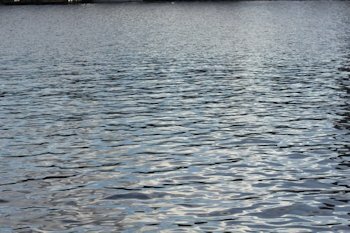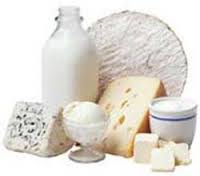Chemical Characteristics of Water
Chemistry / / July 04, 2021
Water is the best known chemical compound since ancient times, and for a long time it was considered an element. It was until 1783, when it was shown that water is the product of the combination of hydrogen and oxygen.
The chemical characteristics of water are as follows:
- It is chemically neutral, its pH is 7.
- It is made up of two hydrogen atoms and one oxygen atoms.
- Under normal conditions of pressure and temperature, it has the liquid state.
- Its melting point is 0 ° C.
- Its boiling point is 100 ° C.
- Its atomic weight is 18.
- Density: 1.
- Weight: 1g / cm3
- It dissolves most substances, which is why it is called a universal solvent.
- Odorless
- Colorless
- Tasteless
The characteristics of the water are the starting point to determine some characteristics of other elements. Thus, water has its highest density at 4 ° C. This is the reference point for determining the density of the rest of the substances and elements. Under these conditions, the water has density 1. In addition, a cubic centimeter of water also at 4 ° C is the reference point to establish the unit of weight of the decimal metric system. One cubic centimeter of water weighs one gram.

Another reference point established from the characteristics of the water are the boiling and freezing points that give rise to the scale of temperature in degrees centigrade: being at sea level, the boiling point of water is the reference to establish the 100 degree on the scale centigrade; while its melting point, that is, when it passes the solid state, is 0 ° C.
From a chemical point of view, water is one of the most important compounds. In natural form it is found in a liquid, solid and gaseous state, depending on the atmospheric conditions and the temperature in which it is found. 70 percent of the planet's surface is occupied by water.
As a chemical compound, it is one of the most stable, because above its boiling point it retains its complete molecules at temperatures up to 1600 ° C, as well as at very low temperatures, those close to zero absolute.
Being made up of two hydrogen atoms and one oxygen atom, water has characteristics of both acid (+ H) and base (-OH), so that under conditions of purity, the water is neutral, that is, it is neither acidic nor alkaline, as it remains in equilibrium. This serves to establish the midpoint or equilibrium point on the acidity scale or pH scale, in which pure water has a pH of 7, that is, it is chemically neutral.
The main relevance of water in chemistry is that it dissolves most substances, which is why it is known as the universal solvent. In water it dissolves in solids such as salts, some oxides and organic substances; liquids such as alcohols and gases such as carbon dioxide, hydrochloric acid or ammonia. In many of the aqueous solutions, a condition that influences the solubility of the substances is the temperature. By increasing the temperature, it favors the dissolution of solids and liquids; while the decrease in temperature, favor the dissolution of gases.
In its pure state, water has no odor, taste or color, that is, it is odorless, colorless and tasteless. Pure water is a poor conductor of electricity with insulating characteristics. However, under natural conditions, the water is not absolutely pure. It always contains a certain amount of dissolved gases, minerals, and other substances that modify its characteristics of electrical conductivity and acidity to a greater or lesser degree. These two characteristics are related to each other. By containing dissolved metals, salts or gases, these dissociate into ions that modify the electrical conductivity of water, making it an electrolyte. This electrolytic condition of water is necessary for life, since many substances that organisms need, pass through cell membranes as they are ionized in the liquid medium.
To obtain pure water, the water is boiled and the resulting vapor passes through a cooling system where it condenses, the liquid falling into another container. This process is called distillation. Through distillation, as long as the boiling temperature is controlled, the water vapor leaves the container while other dissolved elements, being heavier and with a higher boiling or evaporation point, remain at the bottom of the container, so that the resulting water is free of the substances it had dissolved. However, sometimes there are some substances that remain after distillation, so a second distillation process is done. The water produced by this process is also known as double distilled water.



